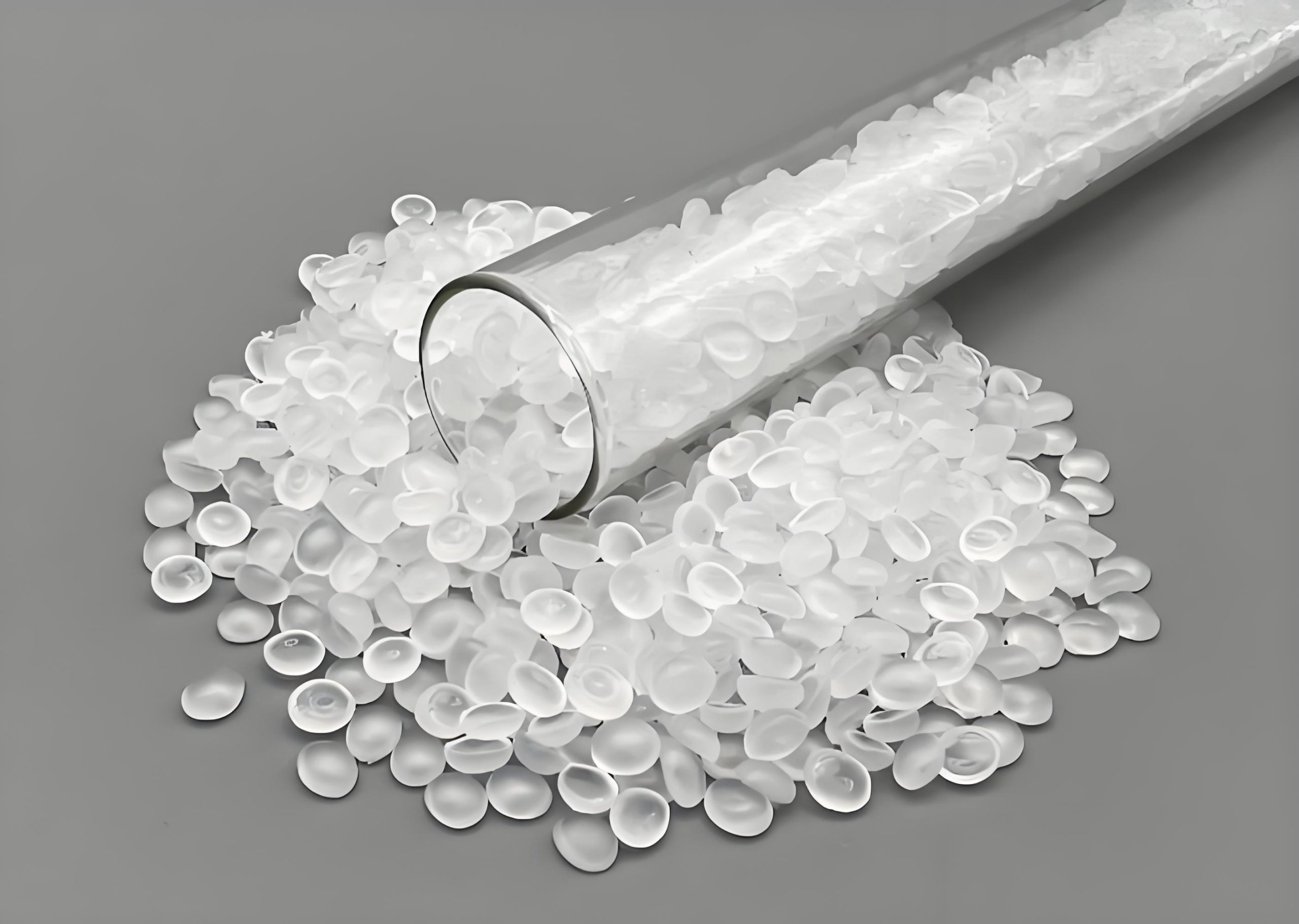PP material, short for Polypropylene, is a common thermoplastic polymer made from propylene monomers through polymerization. It boasts excellent comprehensive properties and finds wide applications in industries, daily necessities, packaging, and more. Below is a detailed introduction to PP material from multiple perspectives:
1. Basic Properties of PP Material
Physical Properties
- Low density: Approximately 0.90-0.91g/cm³, making it one of the lightest plastics available—even lighter than water, resulting in lightweight products.
- High melting point: Around 164-170℃, offering better heat resistance than PE (polyethylene). It can be used continuously at about 100℃, making it suitable for heat-resistant containers like microwave-safe food boxes.
- Moderate transparency: Unmodified PP is translucent, but its transparency can be enhanced or adjusted to an opaque milky white by adding additives.
Chemical Properties
- Strong chemical resistance: It is stable against most chemical reagents such as acids, alkalis, and salts, making it ideal for chemical pipelines, storage tanks, etc.
- Limited resistance to organic solvents: Prolonged contact with solvents like gasoline or kerosene may cause swelling.
Mechanical Properties
- High impact strength and toughness: It maintains decent toughness even in low-temperature environments (though low-temperature brittleness is more noticeable than PE, which can be improved through copolymer modification).
- Moderate hardness and good wear resistance: Suitable for products requiring certain strength, such as turnover boxes and bottle caps.
Processing Properties
- Good fluidity: Easy to process via injection molding, extrusion, blow molding, etc., enabling high production efficiency and large-scale industrial manufacturing.
- Relatively large molding shrinkage: 1-2.5%, which must be considered in mold design to avoid dimensional deviations in products.
2. Classification of PP Material
Based on molecular structure and performance differences, PP can be categorized as follows:
- Homopolymer PP (HPP): Polymerized from propylene monomers alone, it has high strength but poor toughness and impact resistance, suitable for toys, turnover boxes, etc.
- Copolymer PP (CPP): Produced by adding a small amount of ethylene during propylene polymerization, including:
- Block copolymer PP: Excellent toughness and impact resistance, with good low-temperature performance, used in automotive bumpers, medical devices, etc.
- Random copolymer PP: High transparency and heat resistance, ideal for food packaging, disposable cups, etc.
- Modified PP: Performance is enhanced by adding glass fibers, flame retardants, tougheners, etc. Examples include reinforced PP (improved strength) and flame-retardant PP (used in electronic components).
3. Applications of PP Material
Thanks to its versatile properties, PP material is widely used in:
- Daily necessities: Tableware (e.g., food storage boxes, bowls), toys, hangers, buckets, etc.
- Packaging industry: Food packaging bags, woven bags, tape films, cosmetic bottles, etc.
- Automotive industry: Bumpers, instrument panels, interior parts, battery cases (leveraging its lightweight and impact resistance).
- Medical field: Syringes, infusion bottles, medical device housings (meeting non-toxic and sterilization-resistant requirements).
- Industrial sector: Chemical pipelines, valves, storage tanks, geomembranes (utilizing its corrosion resistance and weather resistance).
4. Environmental Friendliness of PP Material
- Recyclability: PP is a recyclable plastic, marked with recycling symbol “5”. Recycled PP can be reprocessed into regenerated products such as plastic stools and trash cans.
- Degradability: Ordinary PP is difficult to degrade naturally, but degradable PP (by adding degradation additives) has been developed, which can decompose gradually in specific environments, reducing white pollution.
- Safety: PP itself is non-toxic and odorless, complying with food contact material standards (e.g., FDA, GB 4806). It is widely used in food packaging and tableware, but note that contact with oily substances at high temperatures should be avoided (as it may leach small amounts of additives).
Summary
PP material is a cost-effective plastic. With advantages like light weight, heat resistance, easy processability, and low cost, it has become an indispensable material in modern industry and daily life. As modification technologies advance, its performance continues to improve, and its application fields are expanding.
